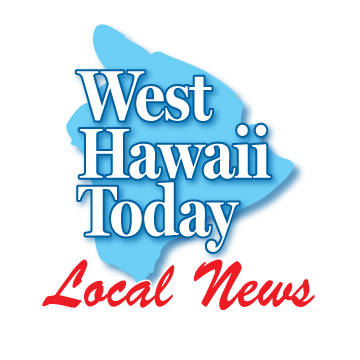West Hawaii affordable housing projects moving forward
*UPDATE 10:40 a.m.: This story has been updated with comments from Urban Housing Communities, which provided comments Wednesday morning.
KAILUA-KONA— With more than half of North Kona and South Kohala renters paying above 30% of their income toward rent, two affordable housing projects in the region have the potential to help meet a critical need for the region.
The projects, one located on Hina Lani Street in Kailua-Kona and the other on Pua Melia Street in Waikoloa Village, together would add 171 rental units to the island’s west side, and both projects are targeted at the island’s low-income familes.
Final environmental assessments for both developments were published in Tuesday’s Environmental Notice. The North Kona project, titled the Kaloko affordable housing project, is planned for a 10.755-acre parcel on Hina Lani Street between Ane Keohokalole and Mamalahoa highways and is expected to provide a total of 111 two- and three-bedroom units.
The land for that $43.6 million affordable housing project was donated by a developer to meet an affordable housing condition attached to the development of Kaloko Heights. A representative for the project did not respond to a request for comment Tuesday evening.
Kaiaulu o Waikoloa meanwhile is expected to bring a total of 60 two-to-four-bedroom units to a 4.6-acre parcel on the south side of Pua Melia Street, which loops just south of Waikoloa Road and intersects that road to become Paniolo Avenue.
The budget for that project, which is being developed through a partnership between California-based Urban Housing Communities and Hawaii-based Ikaika Ohana, is estimated at $30 million.
“The Kaiaulu O Waikoloa project is an example of a development that will be able to bring much needed affordable housing to an area that is well suited for such a project,” said James Rock, senior development manager with Urban Housing Communities, “and the issuance of a (finding of no significant impact) allows us to continue our development process as we move toward the start of construction.”
That finding of no significant impact, he said, is important because it confirms that the project aligns with community needs and that appropriate steps will be taken to ensure potential environmental concerns are made.
With the environmental assessment now out, Rock said the development will now secure its financing commitments and prepare to go ahead through the county’s permitting and planning process.
Both projects are targeted at the island’s low-income households.
According to the environmental assessment for the Kaloko project, more than 8,000 households in North Kona, Hamakua and North and South Kohala have incomes less than 60 percent of the county’s median household income of $74,200.
The Kaloko project is aimed at very low-income households with children, and at least 5 percent of the units would be reserved for families who are either experiencing homelessness, at risk of becoming homeless or transitioning out of an emergency shelter or transitional housing program.
The project has also “tentatively reserved” 75 vouchers through Section 8’s project-based voucher program and plans to pursue more vouchers for the rest of its units in phase 1 and phase 2.
The project also targets households with incomes at 30%, 50% and 60% of the area median income levels for Hawaii County.
The environmental assessment for the Kaloko affordable housing project indicates that nearly three quarters of the units (a total of 81 residences) would be built in the first phase of construction.
The draft environmental assessment said construction was expected to get underway next March and be finished by August 2021. However, the final document said an updated schedule puts completion of the first phase in early 2022, but notes that could change.
Each unit at the Kaloko project would be about 750 square feet in size and come furnished with a range, oven, refrigerator and solar water heating.
In total, the documents state, there could be as many as seven buildings at the site, each of them two or three stories tall. The development would also include a community center, on-site property management space, kitchen, meeting rooms, mailboxes and laundry facilities.
All of the 60 rental units at Kaiaulu o Waikoloa are targeted at low-income households earning less than 60% of the area median income.
Rock said the development will also include an onsite resident facility, laundry room and open spaces.
“Overall our development will benefit the County of Hawaii and families within the West Hawaii community by not only providing for financial relief through reduced rents, but also by providing appropriately sized, high-quality, resident-centered housing that will provide a place for our families to truly grow and thrive,” Rock said.
He said the project anticipates groundbreaking late this year, with units finished and ready for tenants around the first quarter of 2021.
According to the environmental assessment, phase one of Kaiaulu o Waikoloa, which will consist of infrastructure improvements,is expected to take place between this year and 2020, while phase two, which includes the infusion of mixed-use development among phase one areas, is expected to take place between this year and 2021.
Phase three is expected to include even more mixed-use development in the central part of Waikoloa and will take place between this year and 2029.



